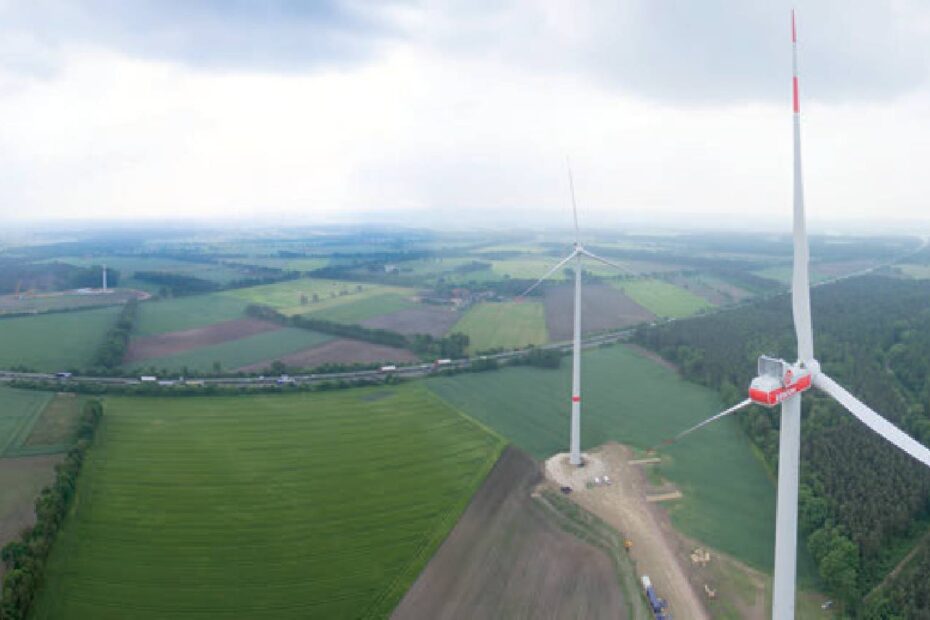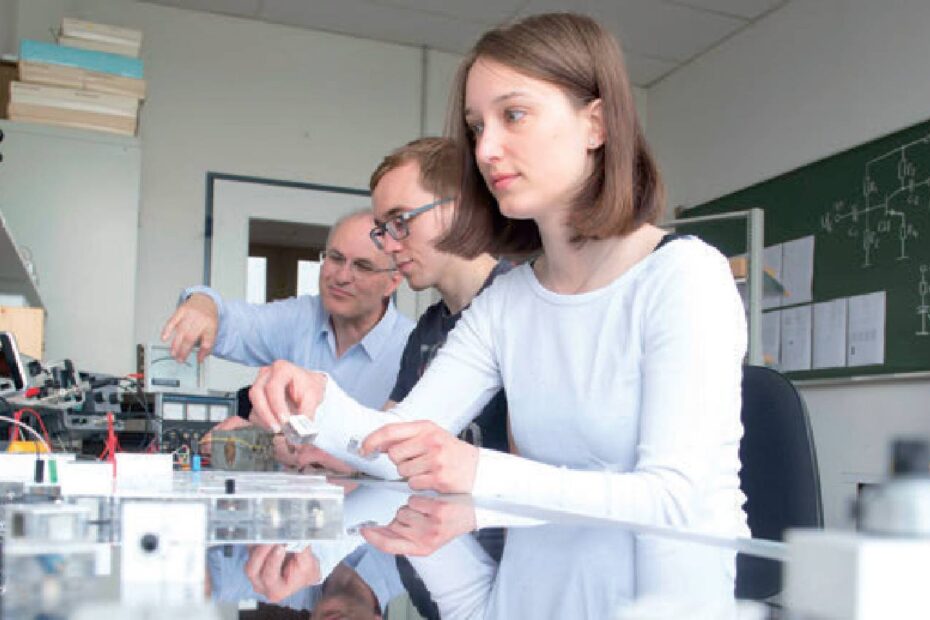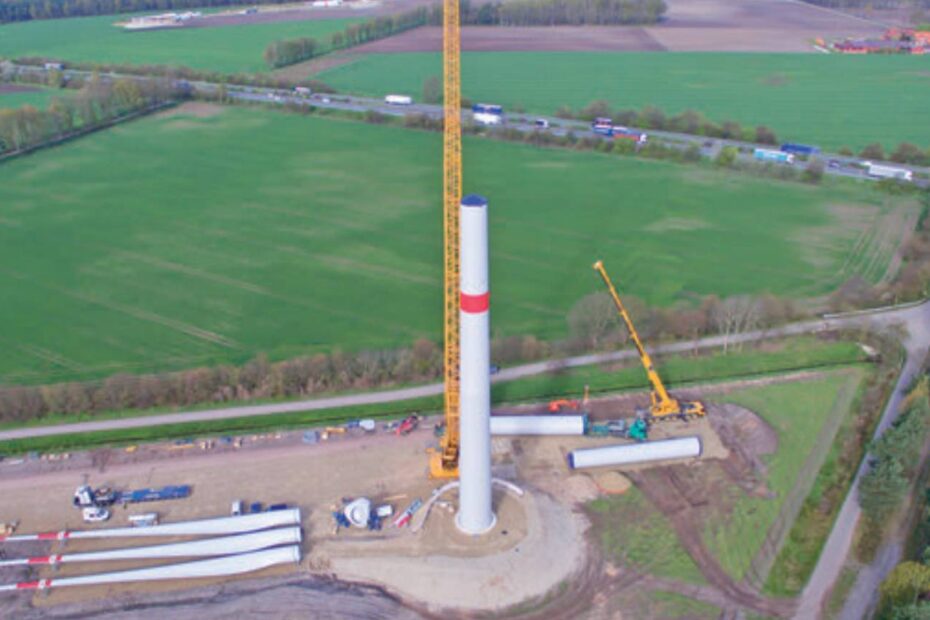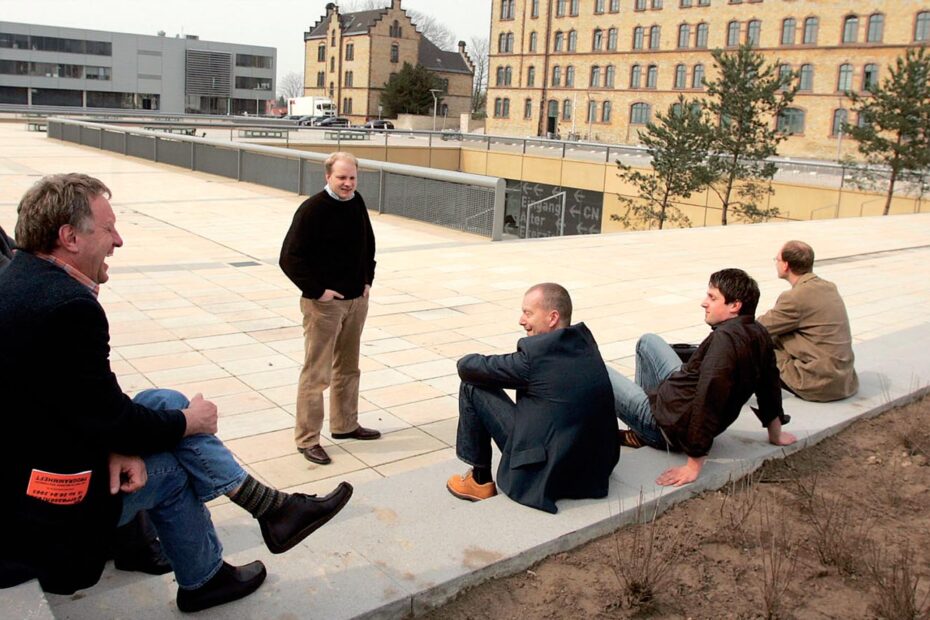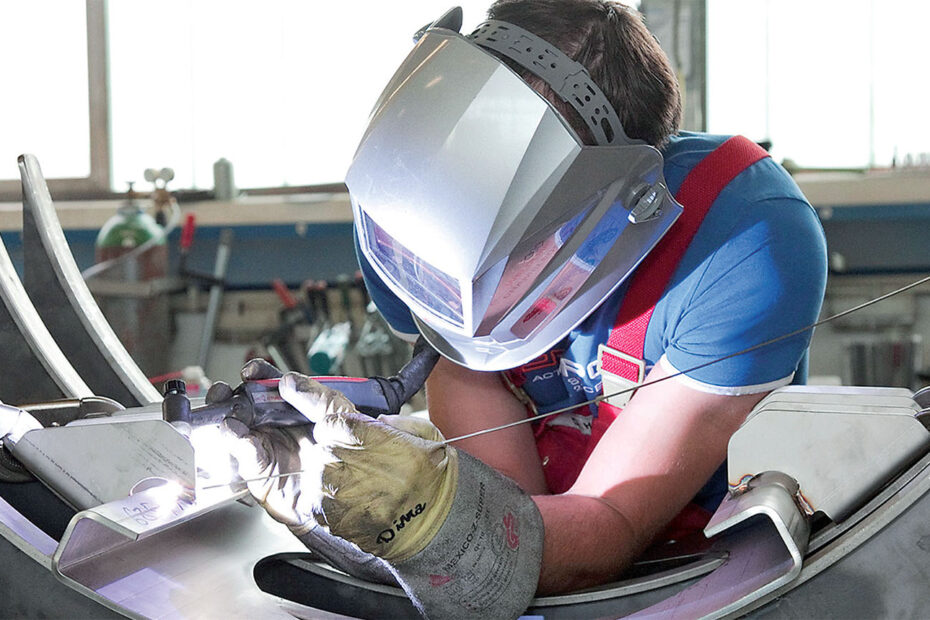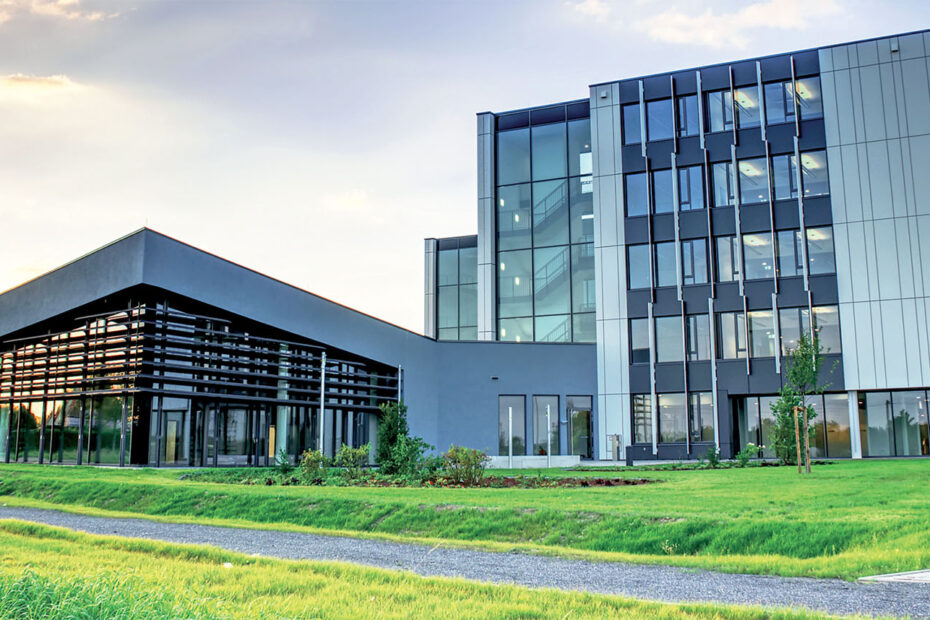The Heart of the Future – Tackling the Challenges
Whether the focus is on the inexorable increase in digitalisation or the need to promote climate protection, Osnabrück and the regional economy are facing major challenges that have to be dealt with on a local scale, today and also tomorrow. Wide-spread provision of broadband services is not the only thing to be of huge significance for the economic and social… WeiterlesenThe Heart of the Future – Tackling the Challenges
